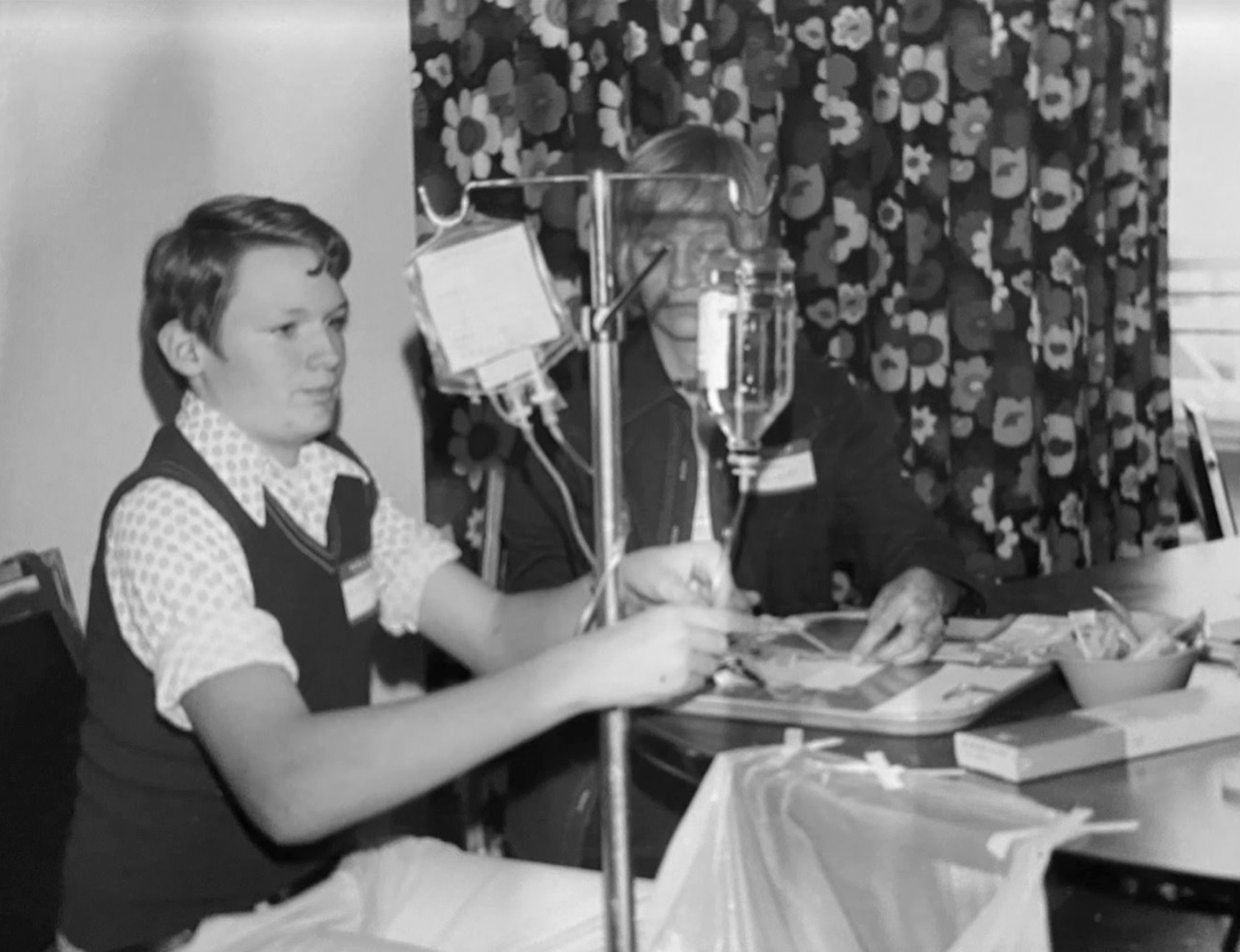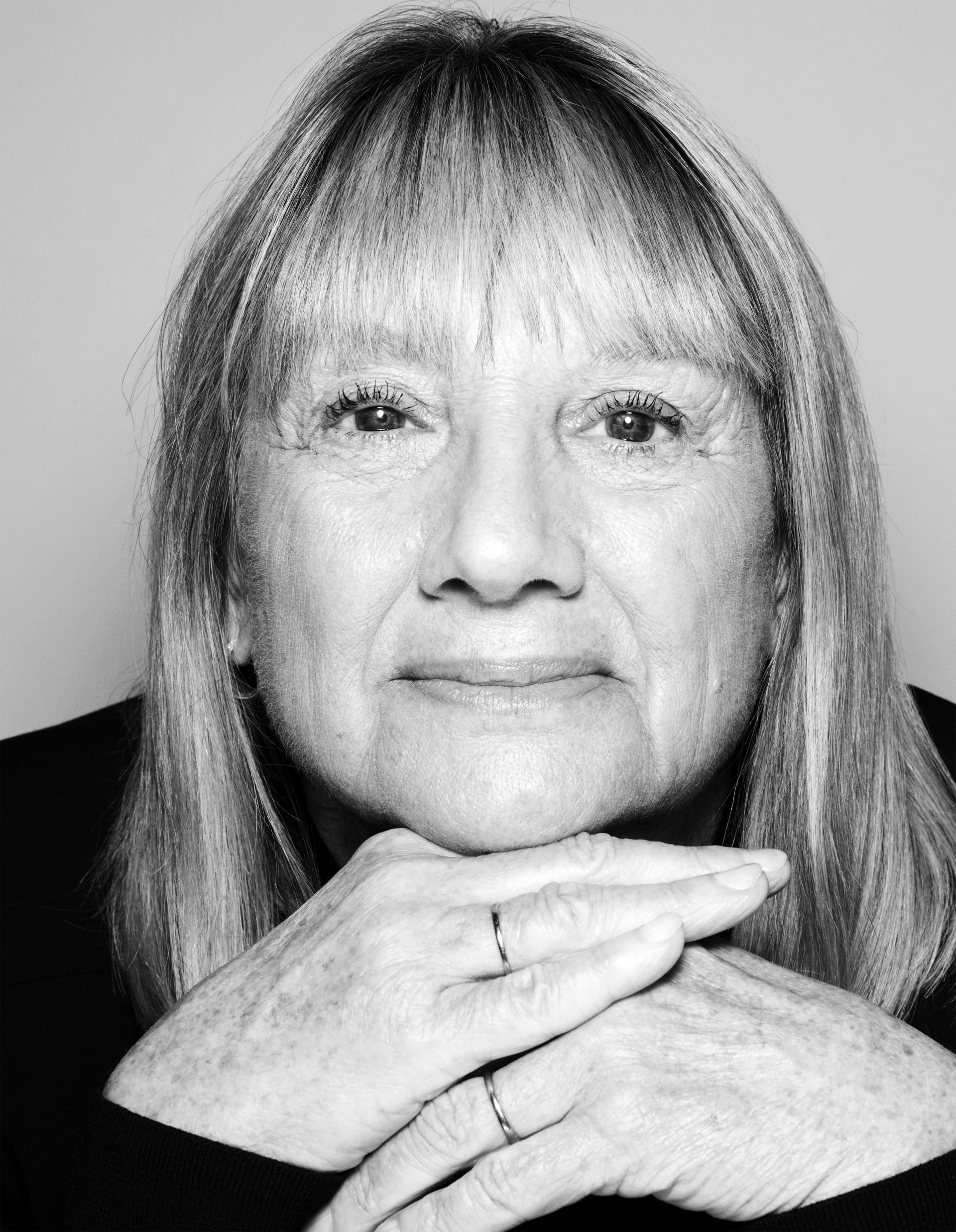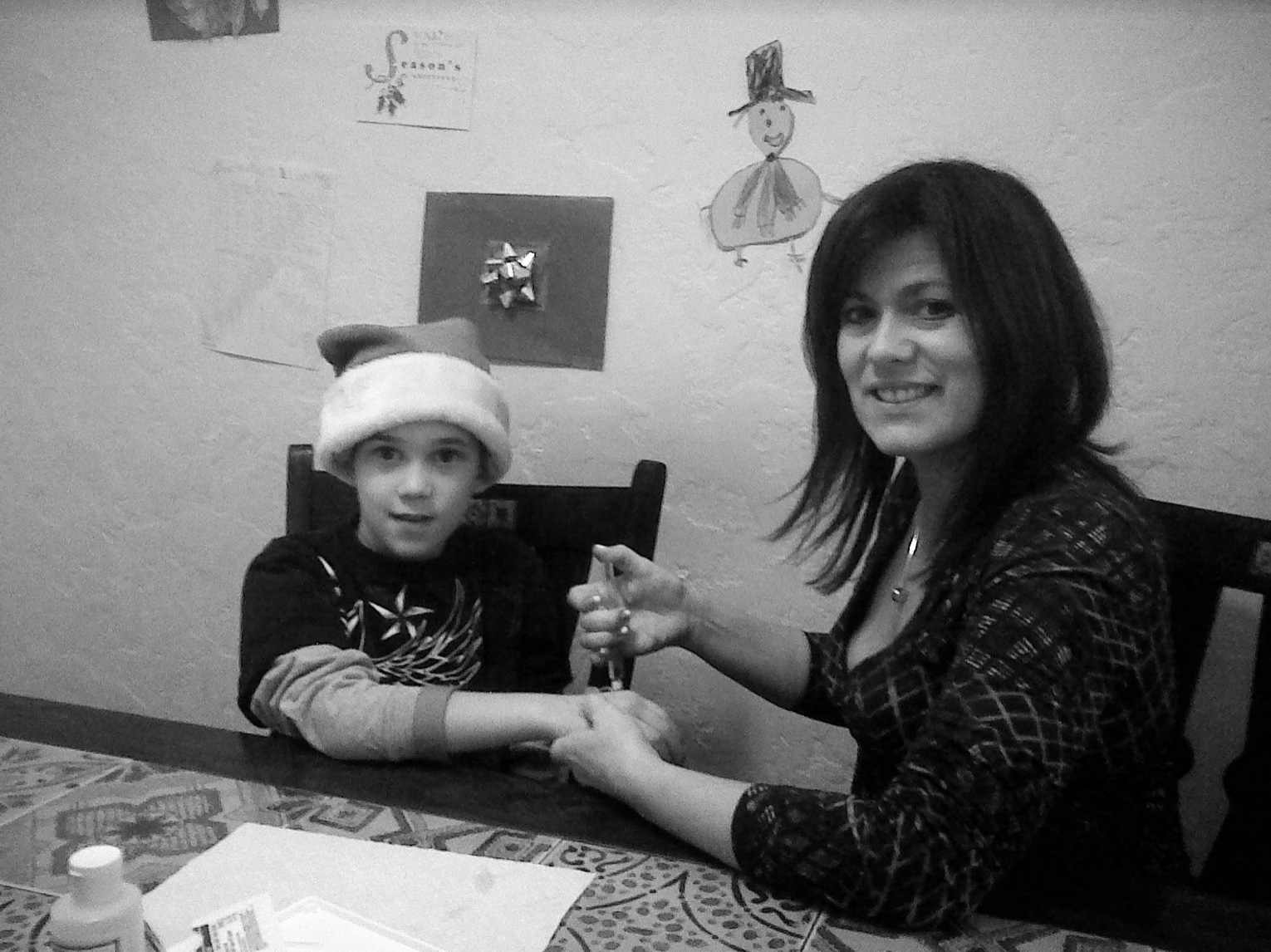Dr Alfredo Pavlovsky, a doctor in Buenos Aires, Argentina, distinguishes two types of haemophilia in his lab – A and B.1
 Image courtesy of CSL Behring
Image courtesy of CSL Behring
Stephen Christmas is diagnosed with haemophilia B, which doctors colloquially refer to as Christmas Disease. Fresh frozen plasma is the only treatment option available, and the average life expectancy is less than 20 years old.1
 Image courtesy of CSL Behring
Image courtesy of CSL Behring
Stephen Christmas is diagnosed with haemophilia B, which doctors colloquially refer to as Christmas Disease. Fresh frozen plasma is the only treatment option available, and the average life expectancy is less than 20 years old.1

Dan has experienced the full treatment spectrum for haemophilia, from lyophilised plasma to factor. Now with a young grandson who also has haemophilia, he’s amazed by how far we’ve come and is excited for where the science is headed.
Dan's story Image courtesy of Gary Bottoms
Image courtesy of Gary Bottoms
Factor concentrates in powdered form become available, allowing for home infusions and a significant reduction in treatment time.1
Researchers pioneer genetic engineering, creating the potential to treat genetic conditions by modifying a person’s genes.2
 Image courtesy of Gary Bottoms
Image courtesy of Gary Bottoms
Factor concentrates in powdered form become available, allowing for home infusions and a significant reduction in treatment time.1
Researchers pioneer genetic engineering, creating the potential to treat genetic conditions by modifying a person’s genes.2
Sue

Sue, a now-retired nurse coordinator, spent the last three decades on the front lines caring for people with haemophilia.
Sue's story Image courtesy of Sue Geraghty
Image courtesy of Sue Geraghty
Scientists successfully clone the Factor VIII and IX genes, paving the way for breakthrough synthetic therapies (not derived from human plasma) using recombinant technologies.1
 Image courtesy of Sue Geraghty
Image courtesy of Sue Geraghty
Scientists successfully clone the Factor VIII and IX genes, paving the way for breakthrough synthetic therapies (not derived from human plasma) using recombinant technologies.1
 Image courtesy of Thomas Wilkes
Image courtesy of Thomas Wilkes
The first recombinant FIX products are approved by the US Food and Drug Administration (FDA) and European Medicines Agency (EMA) to treat haemophilia B, leading the way for prophylactic treatment, which dramatically improves patients’ lives.1,3
Haemophilia patient life expectancy improves to 67 years old.4
 Image courtesy of Thomas Wilkes
Image courtesy of Thomas Wilkes
The first recombinant FIX products are approved by the US Food and Drug Administration (FDA) and European Medicines Agency (EMA) to treat haemophilia B, leading the way for prophylactic treatment, which dramatically improves patients’ lives.1,3
Haemophilia patient life expectancy improves to 67 years old.4
Adam

A child of the 90s, Adam felt comfortable engaging in most activities with family and friends thanks to the availability of prophylactic haemophilia treatments.
Adam's StoryDr. Klamroth

A leader in the haemophilia medical community, Dr. Klamroth has witnessed several major treatment advancements over the past 25 years and looks forward to what the next 25 years will bring.
Dr. Klamroth’s Story
Evidence grows for the potential of adeno-associated virus (AAV) vectors to deliver safe, effective, and lasting genes that produce blood-clotting factor in the body.1

Evidence grows for the potential of adeno-associated virus (AAV) vectors to deliver safe, effective, and lasting genes that produce blood-clotting factor in the body.1
Jeron

Though held back from playing sports as a child, Jeron has channelled his energy into being an advocate in the haemophilia community, travelling the world and inspiring others with the condition.
Jeron's Story Image courtesy of Jennifer Mermilliod
Image courtesy of Jennifer Mermilliod
Long-acting recombinant factor therapies are available offering the haemophilia community additional treatment options.1
Late-stage trials for AAV-based gene therapy in haemophilia begin.6
 Image courtesy of Jennifer Mermilliod
Image courtesy of Jennifer Mermilliod
Long-acting recombinant factor therapies are available offering the haemophilia community additional treatment options.1
Late-stage trials for AAV-based gene therapy in haemophilia begin.6
Stormy

As a woman with haemophilia and a caregiver to a son with haemophilia, Stormy has made it her mission to educate others, advocating for men and women alike in the haemophilia community.
Stormy's story
 Image courtesy of Mike Hargett
Image courtesy of Mike Hargett
Gene therapy trials in haemophilia continue to show promise.8
 Image courtesy of Mike Hargett
Image courtesy of Mike Hargett
Gene therapy trials in haemophilia continue to show promise.8
Wayne

As an advocate for haemophilia for over 40 years, Wayne has experienced monumental advancements in haemophilia treatments and has committed his life to ensuring a better world for today’s haemophilia community.
Wayne's storyLukas

Diagnosed at nine months old, Lukas hopes to shine a light on life with haemophilia, including the importance of increasing understanding of the disease to ensure children with haemophilia are given the same opportunities as their peers at school, as well as his hopes for the future.
Lukas' story








